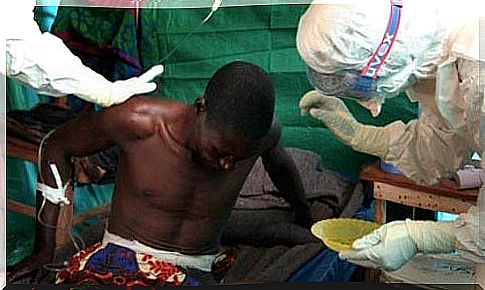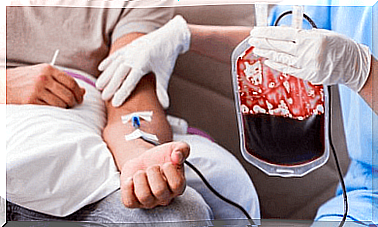What You Need To Know About The Ebola Virus
The incubation period of Ebola is two to twenty-one days from coming into contact with the virus until it appears of the first symptoms.

In recent times, almost everyone has heard of the Ebola virus. Still, it’s nothing new, it’s a disease that was first discovered in 1976 during a deadly epidemic.
If you are the one who has not heard of this disease, do not worry. Here we will introduce you to the most important aspects to know about this virus.
What is the Ebola virus?
As we explained earlier, Ebola is an infectious viral disease. It generates hemorrhagic fever in humans as well as in primates. This virus bears this name in reference to an African river in the Democratic Republic of Congo.
Ebola virus is one of the permanent members of the RNA virus family called Filoviriadae.
It is often said that there are 5 types of the Ebola virus, which are: the Ebola virus itself of the Zaire ebolavirus species. Tai Forest virus, Sudan virus, Bundibugyo virus and Reston virus. The latter does not affect human beings but only primates.
How is the virus transmitted?

The Ebola virus is highly infectious. It is also considered dangerous because of the speed with which it causes death. But also because of the more or less remote areas where infections occur.
The most common transmission to humans is through contact with an infected animal, living or dead. It can be monkeys, bats, antelopes, among others.
Human-to-human transmission occurs through the blood, secretions, tissues and bodily fluids of an infected person. It also occurs through contact with contaminated medical equipment such as syringes.
It is also very important to talk about nosocomial transmission. This refers to the spread of a disease within a health center or hospital.
At the moment, this happens a lot in health centers located on the African continent: patients are treated there without a mask, gown or suitable gloves.
What to consider about the Ebola virus
It is a disease to be wary of given its potency and the difficulty in detecting it. It has often been detected too late. In the rest of this article, we will tell you about things to consider about this virus.
The virus has a 90% death rate
At the time of the first detection, about twenty first signs and isolated cases of Ebola disease had already occurred, with a mortality rate approaching 90% of those infected.
The virus can remain active in semen
The WHO (World Health Organization) has stated that men carrying the virus in question can transmit it through their semen, up to 7 weeks after their recovery.
Symptoms of the Ebola virus

Early symptoms of Ebola disease are fever, severe weakness, muscle pain, headache, and throat irritation.
Then come vomiting, diarrhea, skin rashes, kidney problems. Sometimes there can also be internal and external bleeding.
If anyone has these symptoms, they should see a doctor immediately. As far as possible, he should also avoid contact with those around him so as not to transmit the disease.
Incubation period of the virus
The incubation period of the Ebola virus (from the moment of contact with the virus until the first symptoms) is approximately 21 days.
Because of the symptomatological similarity to other diseases, the only way to diagnose Ebola virus is by taking a laboratory test or sample.
Prevention and treatment to follow
For now, there is unfortunately no vaccine against the virus on the market. Various vaccines have been tested but nothing really experimental yet.
Regarding treatment, there are no specific ones to combat the effects of the disease, the most common being oral hydration with solutions using electrolytes or intravenous fluids.









